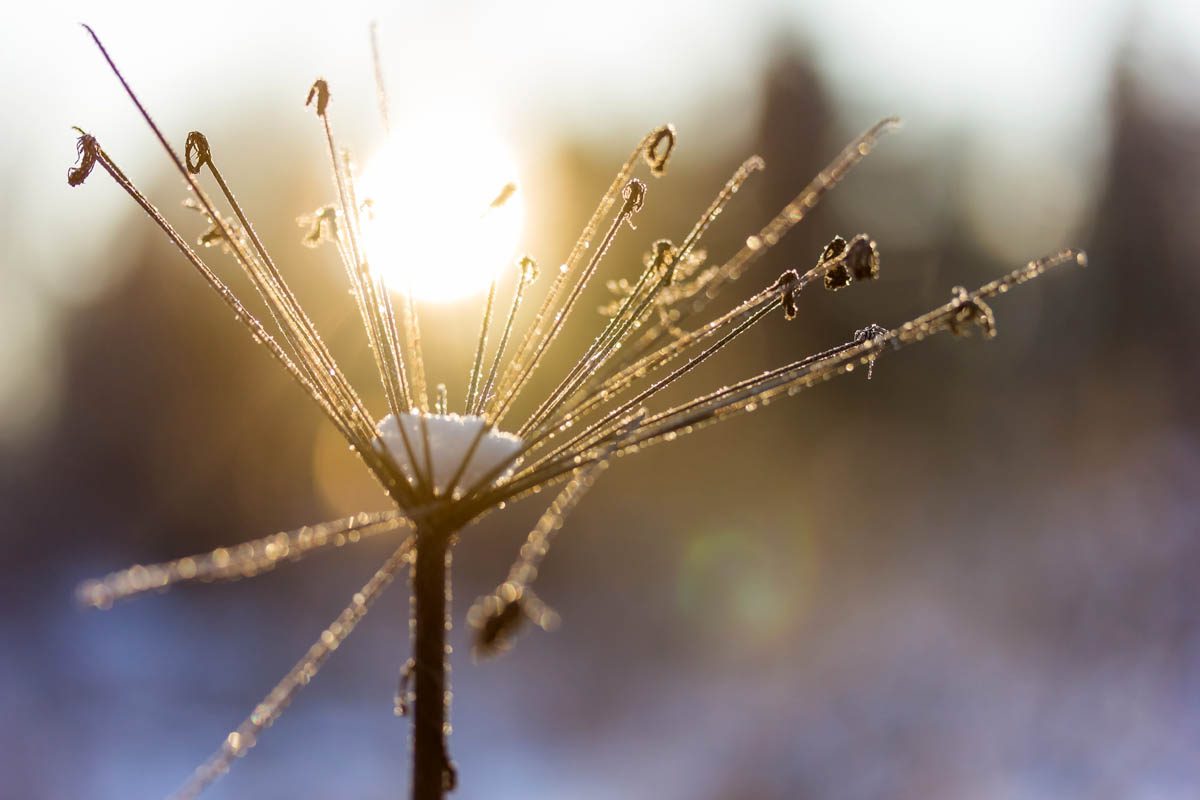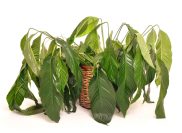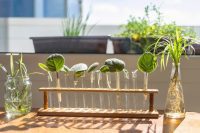|
It’s tempting to bunker down indoors during the cold months but winter is the perfect time to prepare your garden for the spring and summer ahead.
Weed
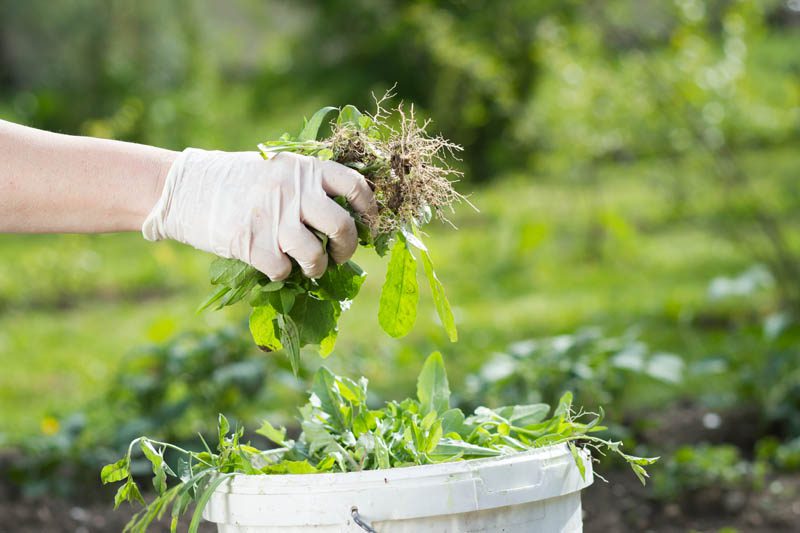
Winter is the perfect time to remove unwanted weeds in preparation for fertilising. This can either be done by hand, adding a thick layer of newspaper or cardboard which will slowly decompose or by applying weed killer. As most winter gardens have fewer plants, there is less risk of accidentally poisoning garden plants. If hand removing, make sure you remove the entire weed, including the roots.
Clear trass and weeds around trees and mulch
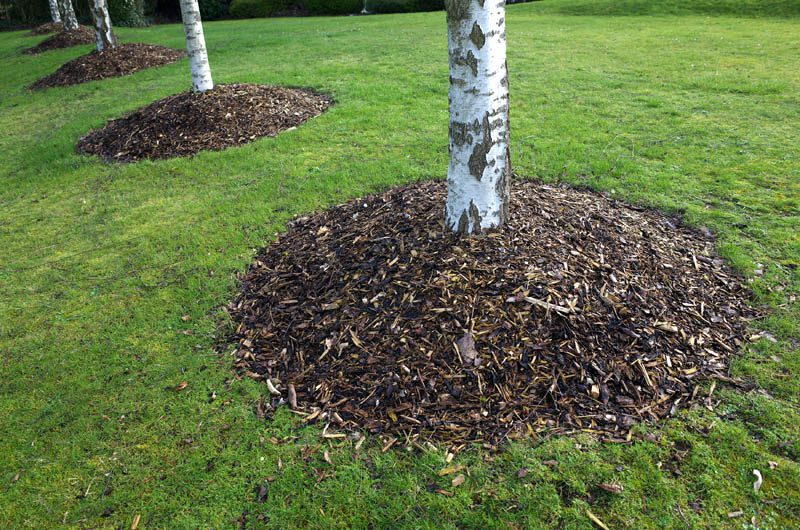
Grass and weeds around the base of trees can take water and nutrients from the tree. For optimal growth, it is recommended that an area as wide as the tree be clear of grass and weeds. If possible, remove weeds by hand. In some cases, weed killer will be necessary. Look for an organic weed spray and apply it to the area around the tree. Avoid contact with the foliage or trunk.
Once the grass and/or weeds have been removed, apply a thick layer of mulch around the tree. This keeps the roots cool in winter and helps retain moisture in the soil and keeps weeds at bay.
Top up potted plants

Over time, the level of soil in potted plants sinks due to the decomposition of organic components. Winter is the ideal time to top up plants when they are dormant. Remove the pot from the plant, remove excess dirt from the roots, and add fresh potting mix. Always choose premium which contains wetting agents and plant food.
Re-pot pot bound plants
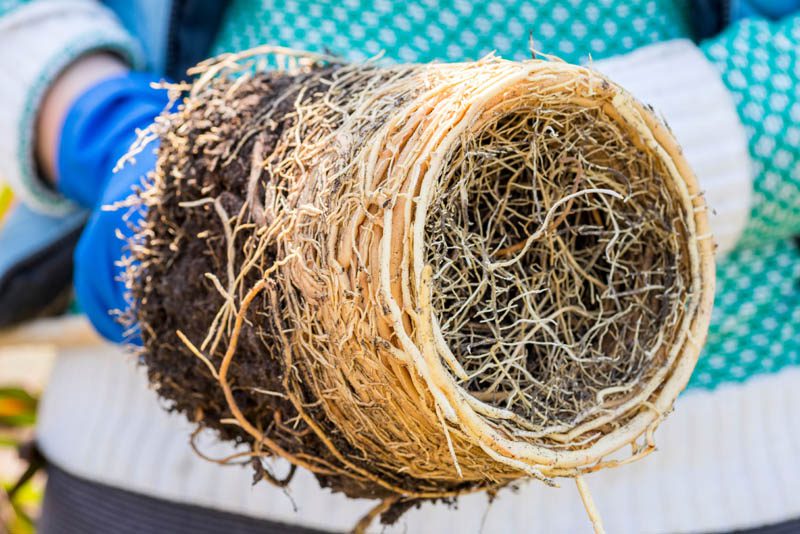
As plants grow, they can become too large for their pot. The roots grow around the shape of the container and may be seen growing through the holes at the bottom of the pot. Eventually, the root ball form a tight mass and plant growth slows down due to lack of space and loss of nutrients.
Look for a pot that is one or two sizes larger than the current pot along with a suitable potting mix tailored to the plant (ie; orchid mix, cactus mix, or premium potting mix). Allow the plant to dry out which will make its removal easier. Once the plant is out of the pot, carefully tease the roots loose. Add some potting mix to the bottom of the new pot and place the plant in it. Top up the remainder of the pot leaving a 1 inch (2.5 cm) at the top. Water in well with a suitable plant tonic.
Remove annuals

Most annuals will have well and truly finished flowering by winter and should be removed to make space for spring plants. Unlike perennials, annuals do not come back year after year and will usually die after the first frost. You may wish to collect seeds from spent flower heads to sow in spring.
Clean gutters

Gutters can quickly clog up with debris and autumn leaves. Clogged gutters are unable to drain water as they should, causing it to overflow causing water damage to the inside and outside of the home and producing a favourable environment for mould. In water climates such as Australia, debris in gutters is also a fire hazard in warmer months, when an ember can land on dried-out debris and spark a fire.
Plant roses
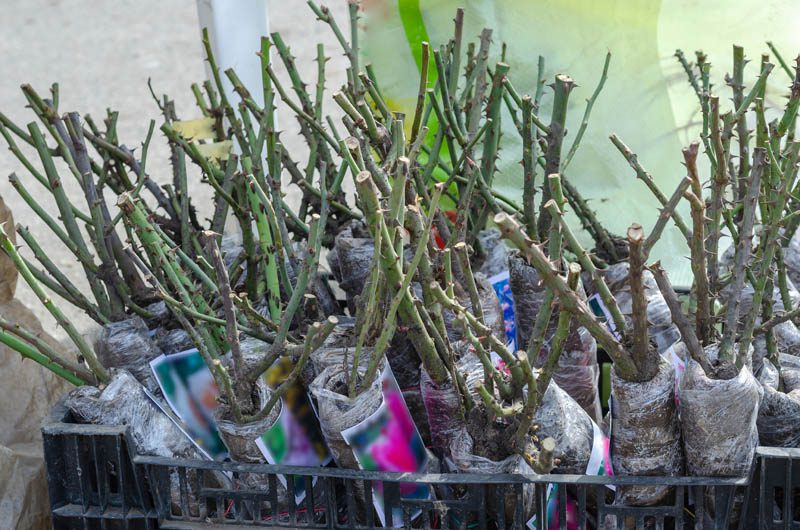
Winter is the perfect time to plant roses, as they have shed their leaves and are in a dormant state. This means it is safe to move or plant bought roses in the garden or pots and greatly reduces the chance of transplant shock.
Choose a location that has a minimum of 4-6 hours of sun per day. Their preferred environment is well-drained soil that is rich in organic matter. Add a 5-7 cm layer of mulch to keep weeds at bay and keep the roots cool.
Roses like to be moist at all times, but do not allow the roots to sit in water.
Prune trees and shrubs
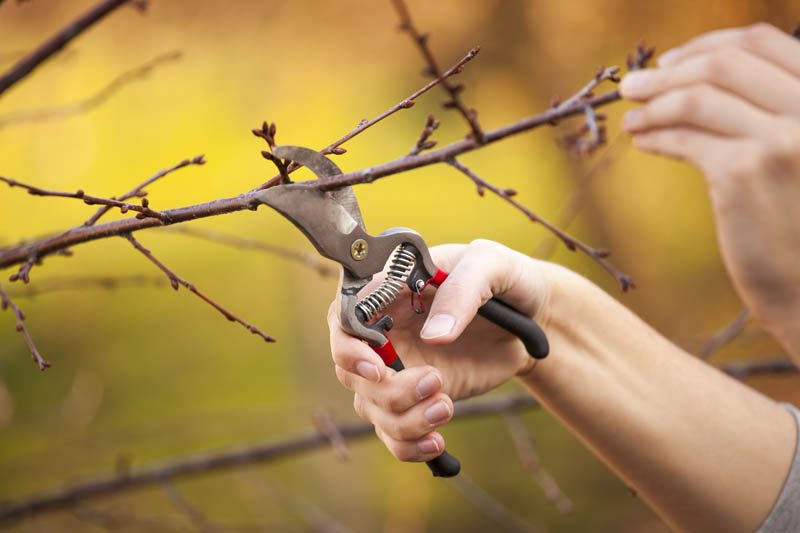
By winter deciduous trees will have lost their leaves and have gone into dormancy, which provides the ideal opportunity to prune trees and shrubs. The purpose of pruning is to shape the canopies, promote airflow, optimise sun exposure to all parts of the tree (for fruit trees), keep fruit trees at a manageable (pickable) height, and remove unhealthy branches.
Always use sharp, sterile tools to avoid crushing the branches and introducing disease. Cut close to a bud junction which is where new growth will shoot.
Garden tools maintenance
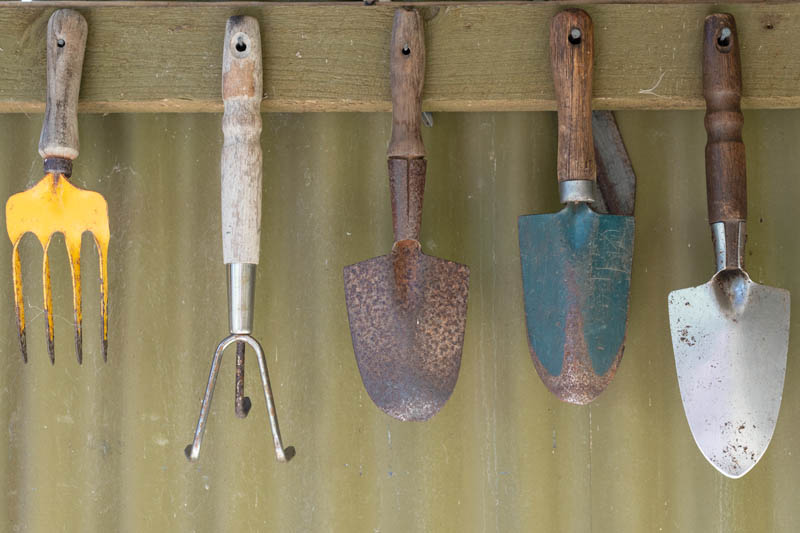
Garden tools can become blunt over time which reduces their effectiveness. Now is the time to take the lawnmower in for a service and sharpen garden tools to improve their effectiveness.
Garden tools should be cleaned to remove dirtand can be sharpened by placing them into a vice and using a mill file or a sharpening stone over the edge by using straight and even strokes. Once sharpened, rub the edges with vegetable oil to prevent rusting.
Wooden handles can be rubbed down with linseed oil to prevent cracking and splitting.
Pressure clean hard surfaces

Dirt, moss and algae can build up on hard surfaces, especially after a lot of rain. This not only looks unattractive but can be dangerous as a build-up of algae can cause concrete and pavers to become slippery.
If you live in an area that doesn’t see temperatures drop below freezing, pressure cleaning will remove grime, moss and algae and restore pavers and concrete to their former glory. Pressure cleaning is not recommended in areas prone to frost as water can quickly freeze which becomes a danger. Wait until the weather warms up in spring.
Plant spring bulbs
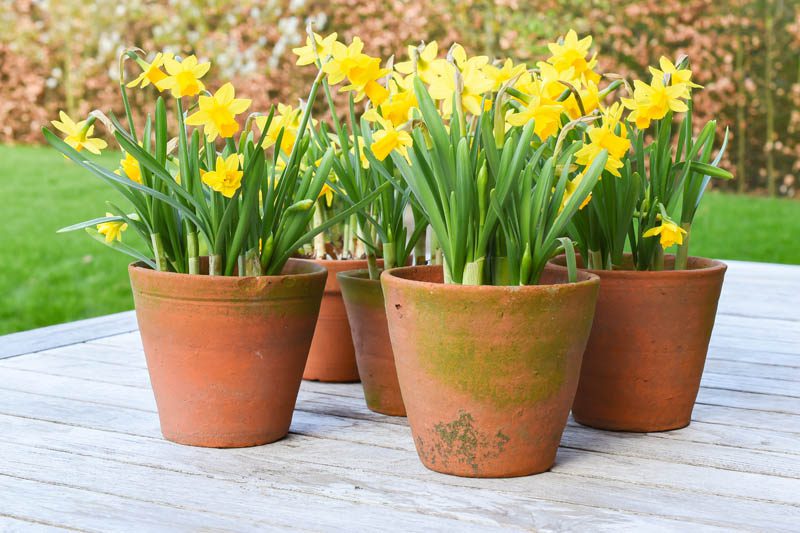
Spring flowering bulbs should be planted in autumn before the soil freezes if they are going to go in the ground. Bulbs for pots can be planted as late as winter. A mass of spring-flowering bulbs is one of the first signs of spring, and a welcome sight after the short, dark days of winter.
Layering (or bulb lasagna) is a technique that involves placing multiple types of bulbs into a large, wide pot to produce a succession of flowering over spring. Half fill the pot with premium potting mix and add your bulbs. Tulips go first as they don’t mind being planted deep. Cover with potting mix and add the next layer of bulbs (typically hyacinth or daffodil), followed by more potting mix and then the final layer of bulbs, either grape hyacinth, snowdrops or crocus. Try to stagger the bulbs so the ones underneath have enough room to grow through the soil.
Order spring seeds
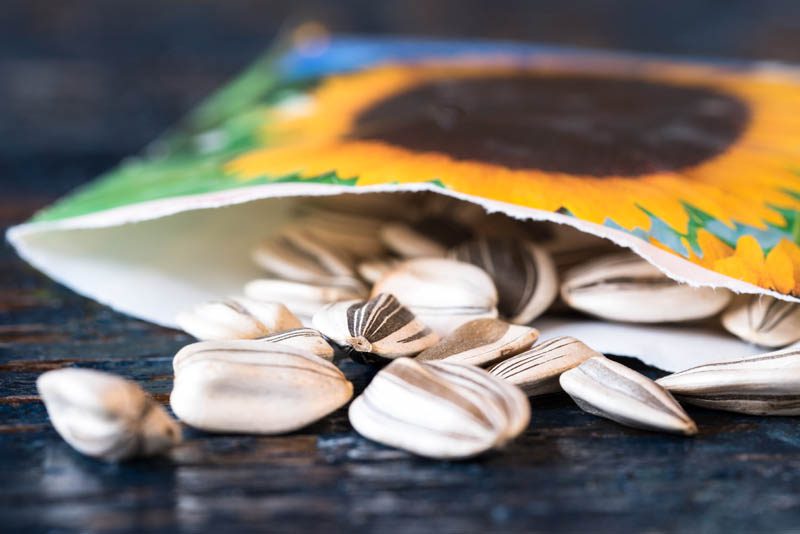
Winter is a great time to plan your spring and summer garden. Seeds are a budget-friendly way to fill a garden with plants. The time seeds reach maturity can vary greatly, but for flowering plants, it’s generally between 12-24 weeks.
Some seeds require cold stratification (see below) for several weeks before planting, ordering early will enable you to carry this out in time to sow for spring.
Cold stratify seeds
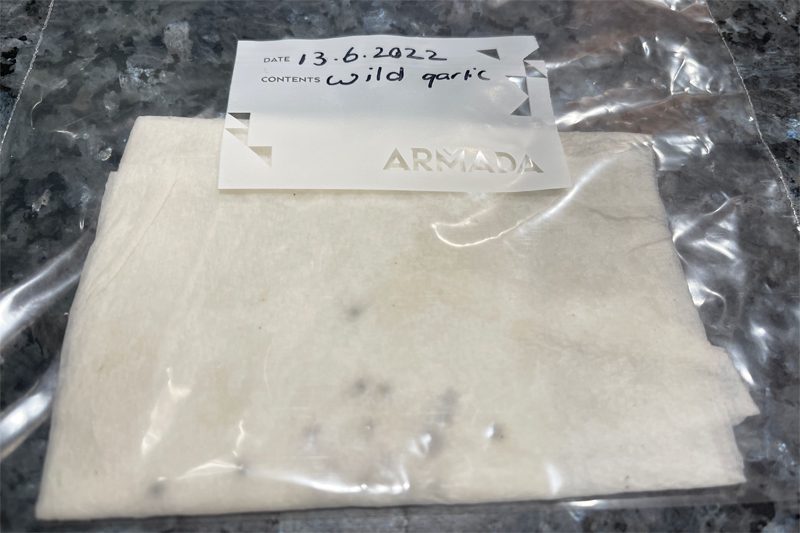
Some seeds require a period of cold before they can germinate. This is a process known as cold stratification and mimics the natural moist, winter environment the seed would experience if outside. Place the seeds on a moist paper towel, cover and place in the refrigerator for several weeks before sowing as temperatures warm up and the risk of frost is over
Julia is a writer and landscape consultant from Wollongong with a love of horticulture. She had been an avid gardener for over 30 years, collects rare variegated plants and is a home orchardist. Julia is passionate about learning and sharing her knowledge of plant propagation and plant toxicology. Whether it’s giving advice on landscape projects or sharing tips on growing, Julia enjoys helping people make their gardens flourish.
